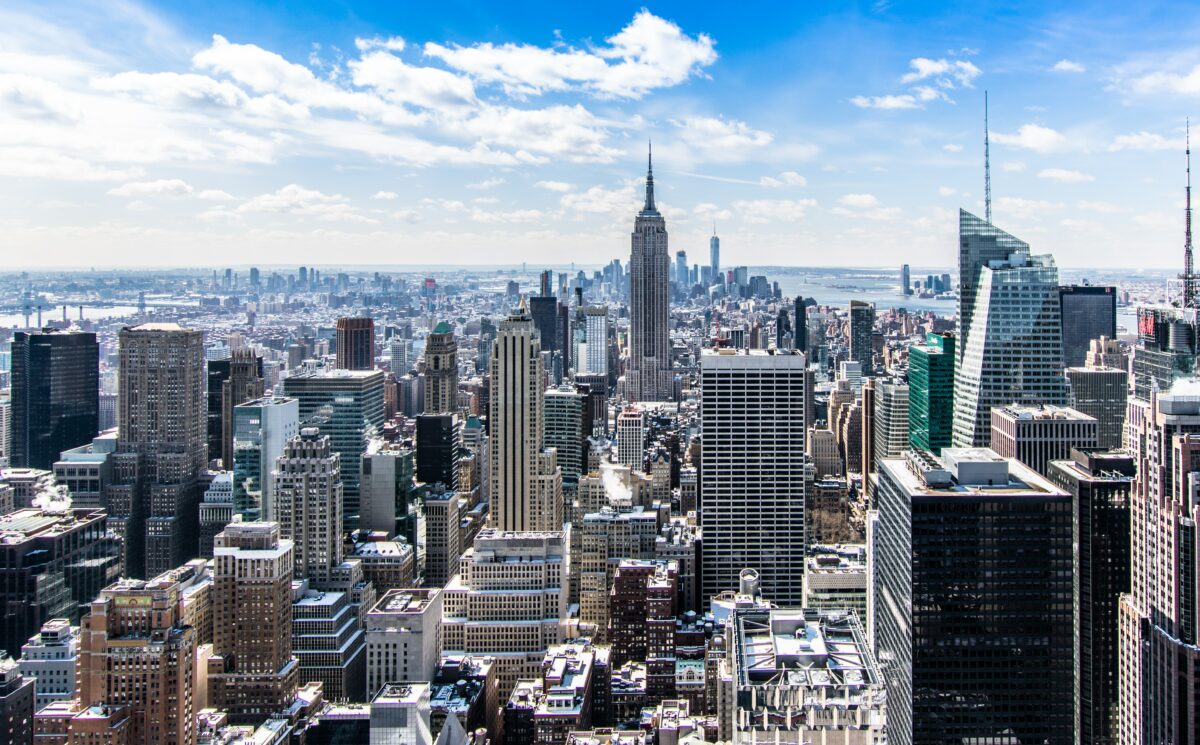Is warmer weather to blame for building deterioration?
2022 has seen unprecedented warmer weather, topping the temperature charts since records began. With temperatures of 40 degrees in some parts of the UK, our weather is only set to get hotter in the future, thanks to global warming and our lack of environmental care. The hot weather can be incredibly dangerous for our young and vulnerable, causing dehydration, hospitalisation and even, in some sad cases, death. But what does the hot weather mean for our building structures, and how do high temperatures cause damage to our homes and infrastructure?
It is clear that warmer, dryer weather can have a considerable impact on our structures, whether that’s our homes or our workplaces. Increasing temperatures can cause materials to expand, and whilst materials can reduce at the end of the summer weather, over time, successive expansion and contraction of building materials can cause damage to manifest and make irreversible changes to our building structures. The most common effect of this process in structures is the formation of thermal cracks in brick or blockwork. If you are noticing damage to your brickwork, contact RWA Consulting, who will assess the damage to your home or building structure and advise you of the next steps to making your structure safe.
Dry weather can cause subsidence of building structures
You may have heard the term subsidence before, but do you know what it actually means? Simply put, subsidence is when the ground beneath a building sinks, pulling the property’s foundations down with it. Subsistence usually occurs when the ground loses moisture and shrinks due to prolonged dry spells, or the presence of trees and shrubs which cause the soil to lose moisture.
Dry weather can have a considerable effect on clay subsoils, which are prevalent in the South of England, particularly when combined with the presence of tree roots. Subsoils are subject to significant volume changes in response to levels of moisture. Subsoils shrink when desiccated and expand when saturated.
Cities like London, in particular, may be more affected by subsidence than those in the countryside. You will often find that cities and urban areas carry a temperature at least a few degrees higher than those with wide open green spaces and fewer structures. Known as the urban heat island effect, cities generally have more bodies, machinery and buildings that all create heat. Building structures store heat during the day and will emit some of that heat, causing the temperature to rise. Less vegetation means less water draw, meaning urban planting combined with higher temperatures could show a presence of highly shrinkable clay areas.
If we are set to experience longer dry periods and hotter summers, the above effects may be seen more and more frequently.
The future of our weather and its effects on building structures
The effects of climate change continue to impact our planet, and extreme weather events are becoming more common across the UK and the globe. We are likely to see not just more intense summer heat but storms, droughts, floods, and wildfires. The average number of days exceeding the hottest temperature has increased from three in 1950 to six in 2022. This trend is expected to continue, coupled with heavier rainfall and flash flooding.
As a result of this future prediction, we are likely to see more damage to building structures and infrastructure, including bridges, roads, railways and airports. If we continue to see longer spells of dry weather, leading the country into prolonged drought periods, subsidence will likely increase, causing damage to homes and businesses across the UK.
This may also interest you:
2022 trends in the Architectural Industry for home designs
Structural Engineering Consulting for Masonry Repairs
Structural Engineering Consulting on High-End Barn Conversions
RWA Consulting supports building structures with cracking and subsidence
For nearly 30 years, RWA Consulting, based in Wendover, Buckinghamshire, has been providing a supportive and flexible approach to civil and structural engineering services for domestic and commercial clients across the UK. By adopting a cost-effective solution using the latest technology and equipment, RWA Consulting aims to achieve the highest design standards and solutions for all our clients.
If you have noticed cracking or subsidence on your building structures, get in touch with RWA Consulting today to discuss your challenges or concerns and let us help you find a suitable and safe solution to future-proof your structures.

